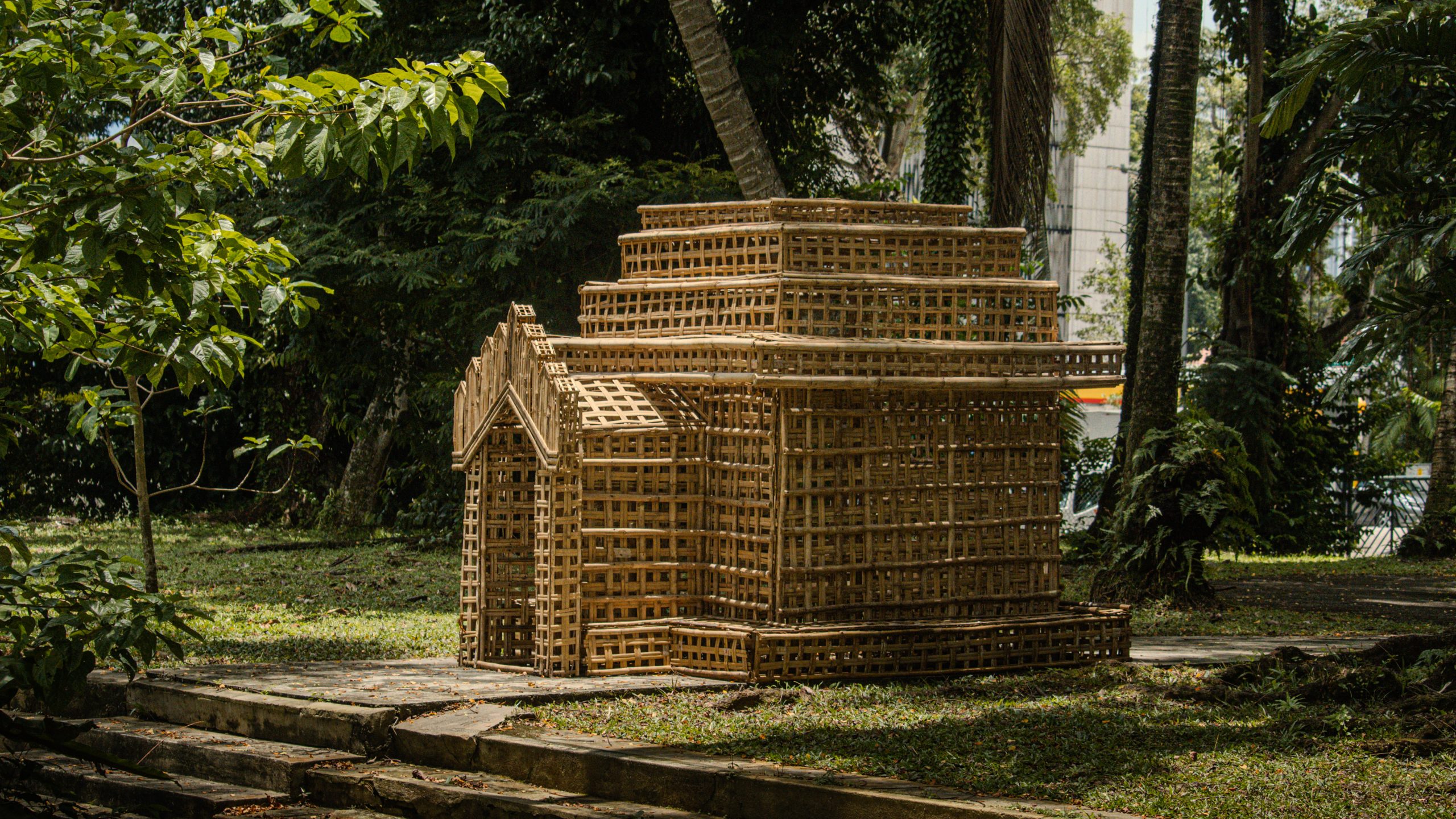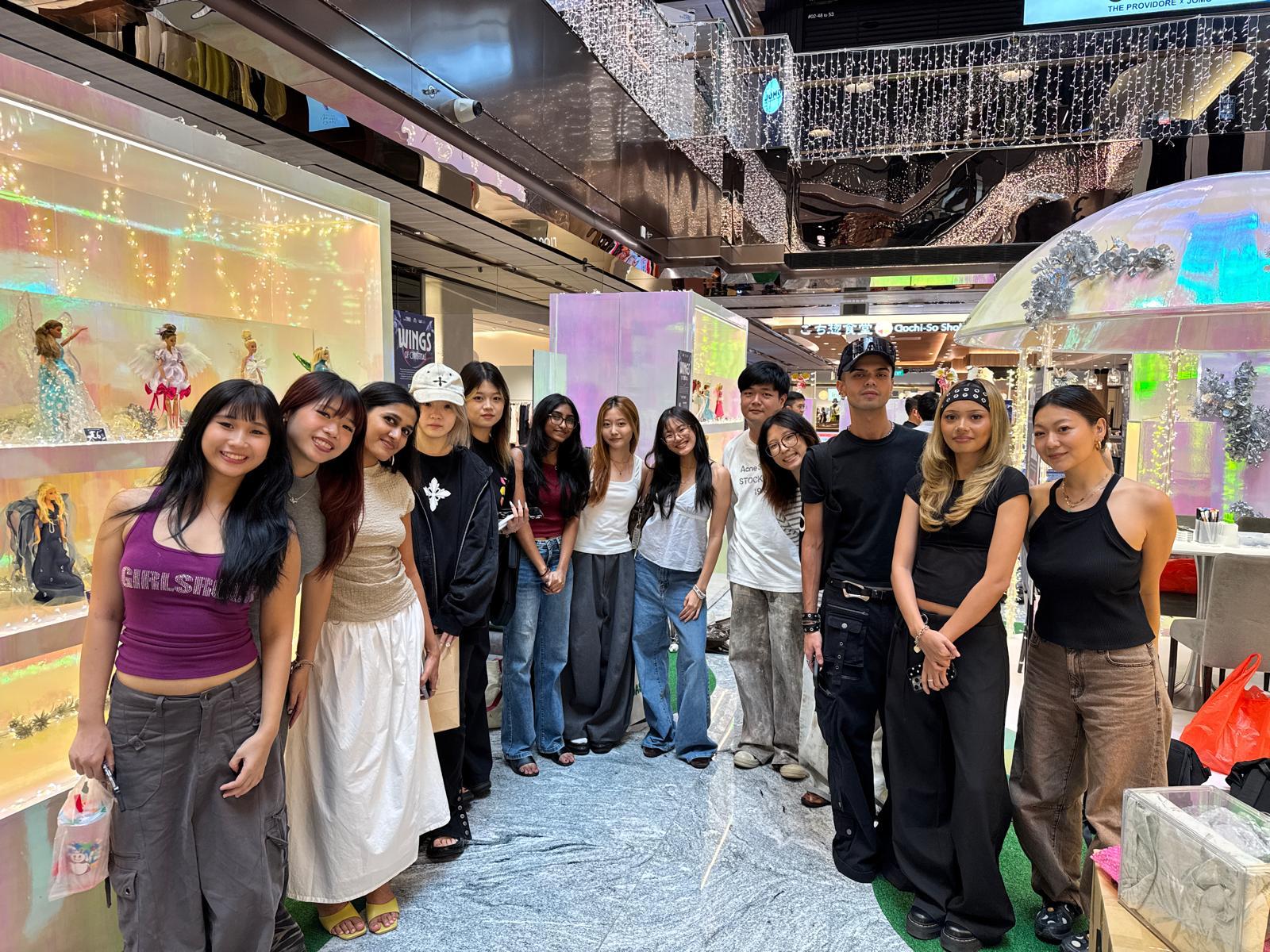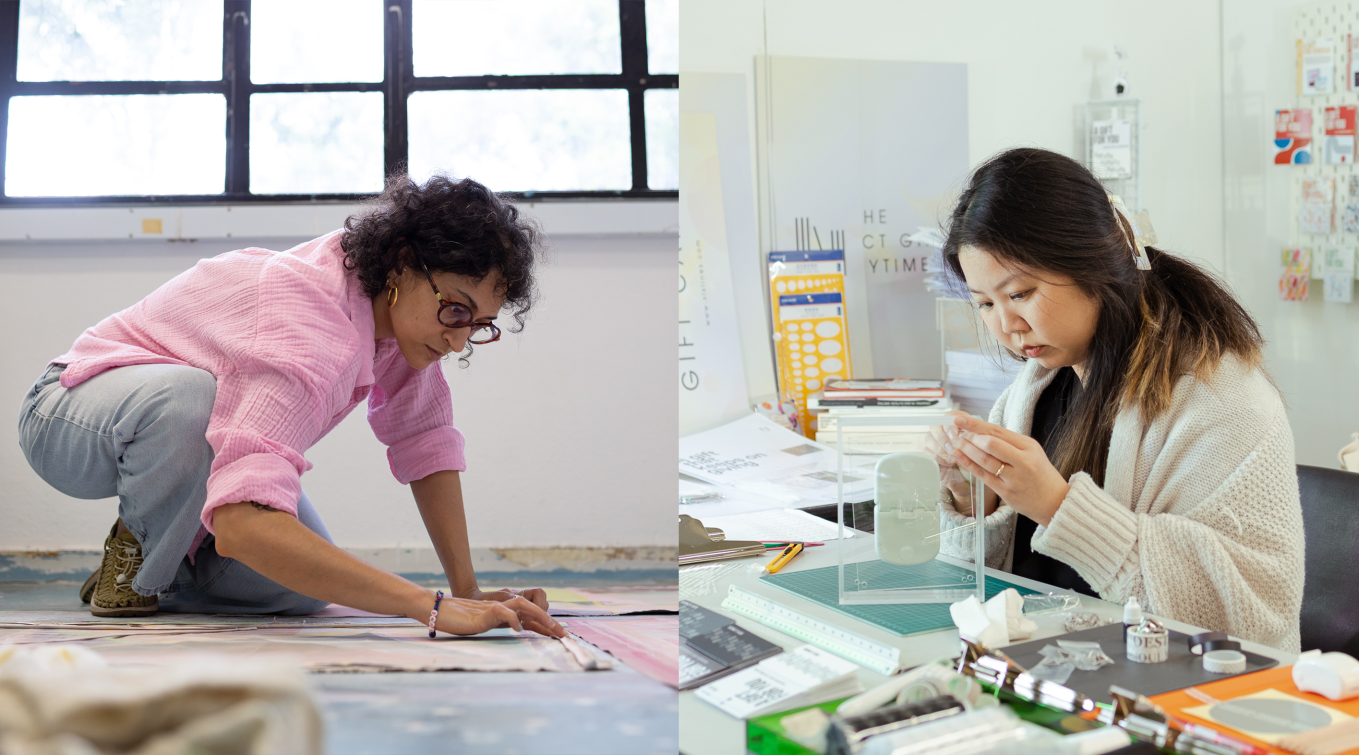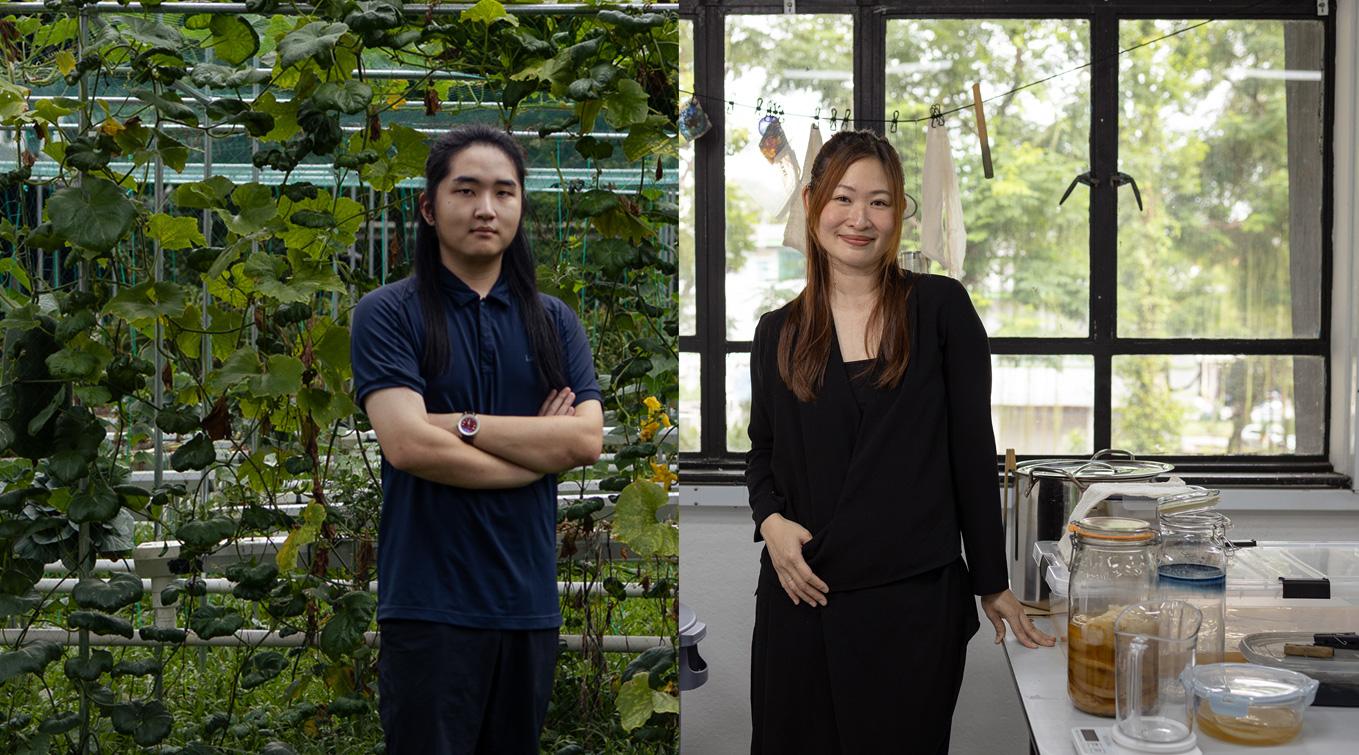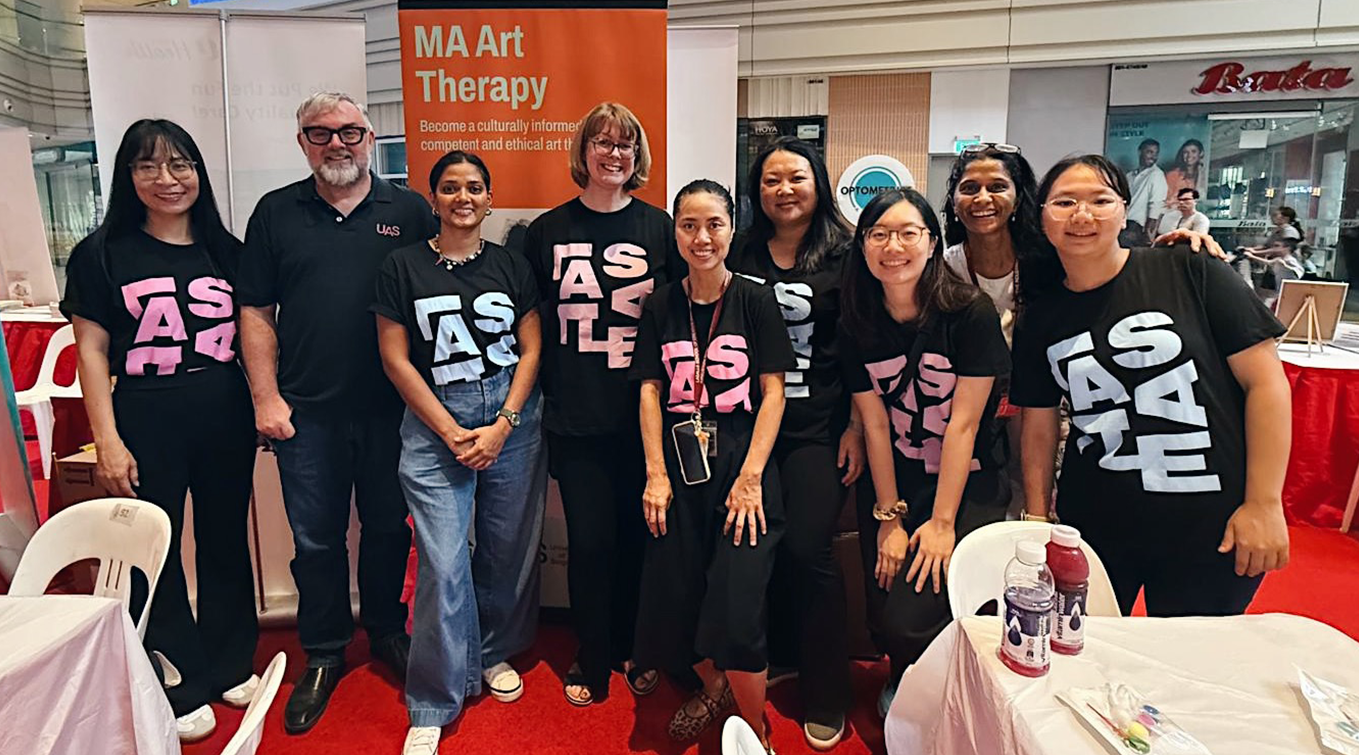What happens after art school? #4: Tan Wei Xiang on taking the time to build your portfolio
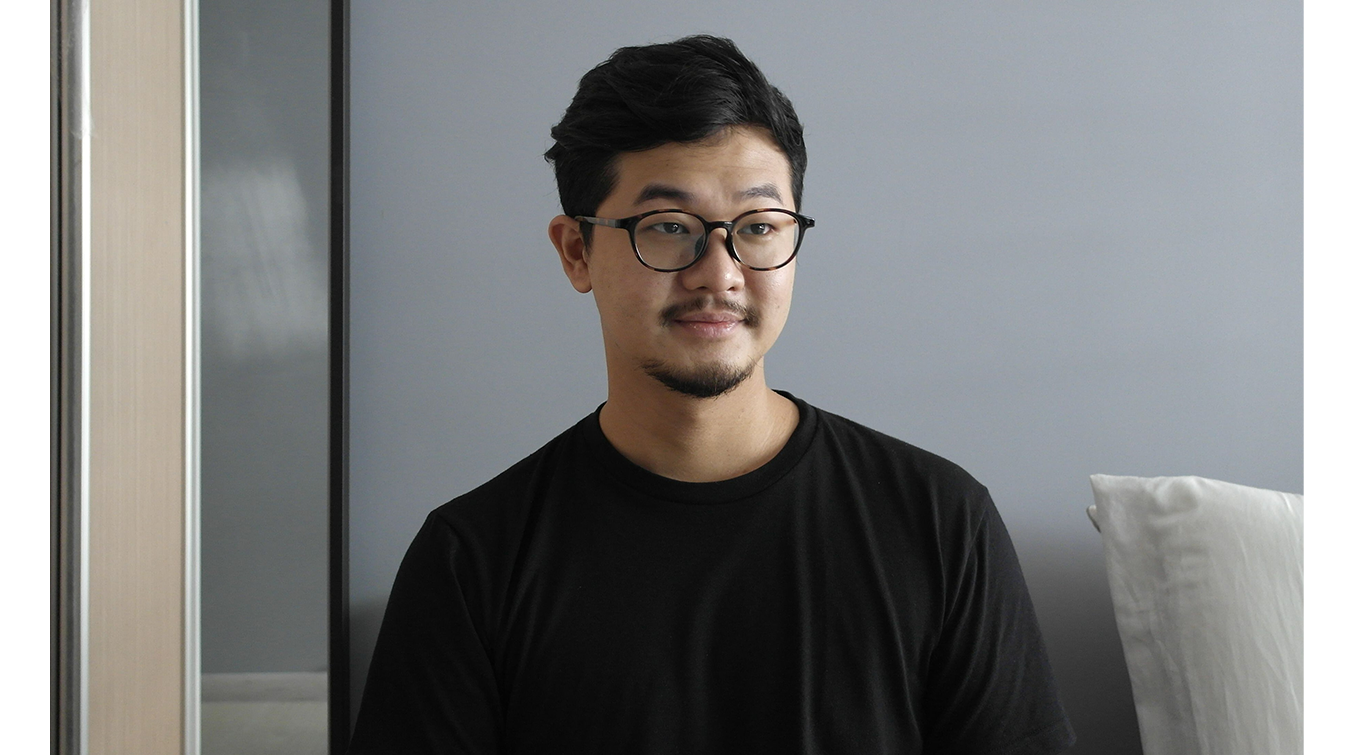
When his BA(Hons) Product Design Programme Leader Nathan Yong dropped a note in an old class group chat asking if anyone was keen to participate in a global furniture design project, LASALLE alumnus Tan Wei Xiang did not hesitate to submit an application. He was then working as a technical executive at a polytechnic, but was always on the lookout for side projects to build his portfolio.
The project in question turned out to be Discovered, convened by *Wallpaper and American Hardwood Export Council. It was looking for 20 young designers from all around the world to respond to a brief to create one-off functional objects and furniture pieces that might foster a sense of touch and emotional connection. The project would be overseen by four international mentors, including Nathan himself, and selected designers would have their work exhibited in the Design Museum during the London Design Festival.
For Wei Xiang, the project’s theme of touch and the focus on the physical and tangible were concepts that had long formed the core of his passion for product design. “I’ve always been interested in finding out how things work and exploring different materials,” he reflected. “Studying Design and Technology in secondary school gave me an outlet to design and make my own objects from scratch, and I was fascinated by how amazing it is to be able to transform an idea or thought in your mind into something tangible.”
Wei Xiang’s interest in woodworking, as well as his work experience in local carpentry workshop Arthur Zaaro after graduation also dovetailed with Discovered’s requirement for designers to use sustainable US hardwoods for their object.
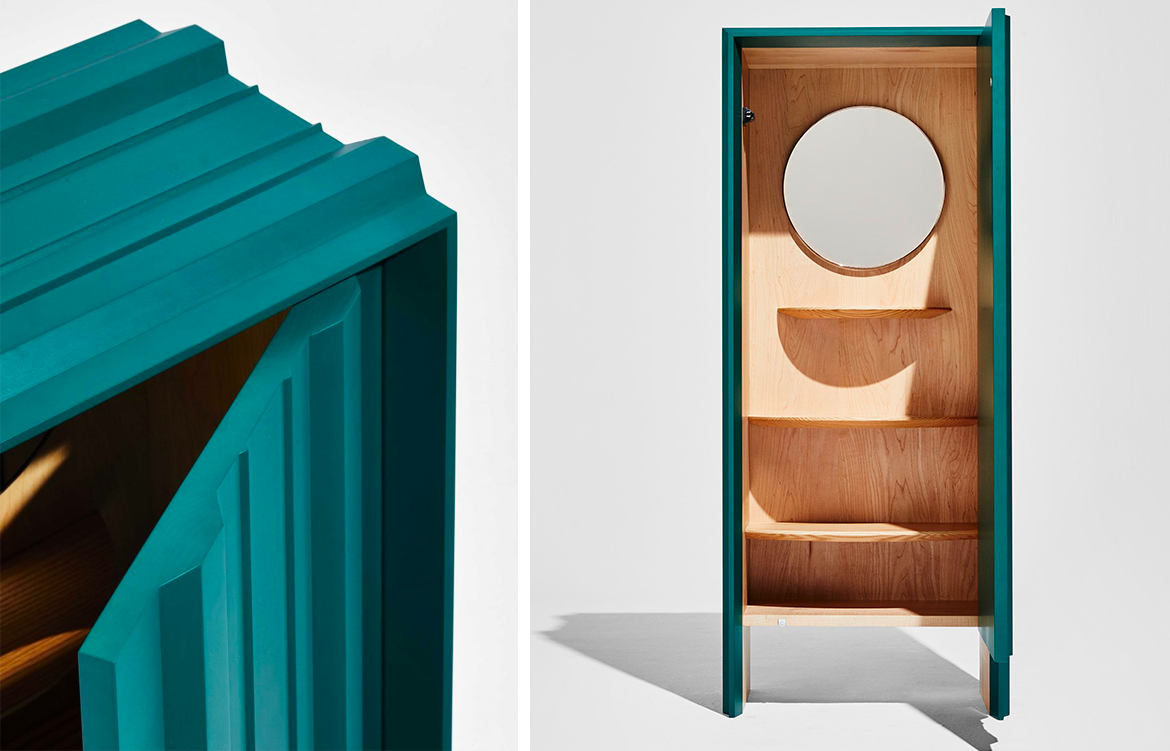
(Left) A close up of the exterior of Recollect. (Right) The interior of the Recollect. Photography by Tim Robinson
Guided by these long-standing interests, Wei Xiang’s well-received finished product Recollect is a keepsake cabinet that paradoxically evokes and indulges in nostalgia whilst also alluding to the constancy of change in the cabinet’s ridged exterior. “During Singapore’s pandemic lockdown, all I could do was to take walks as meeting people was not allowed. Surprisingly, I walked past more construction sites than parks or forests. These sites, surrounded by ridged zinc hoarding, are an unnoticed yet constant landscape of Singapore – we are always developing.”
‘Always developing’ could be a motto that applies equally to Wei Xiang, who is always initiating new projects to expand his burgeoning portfolio. We checked in with Wei Xiang, currently a design modeller at Dyson, and asked him to share more about his favourite recollections of LASALLE, what he’s learnt from the process of representing Singapore in Discovered and the importance of taking the time to build something lasting.
What attracted you to LASALLE’s BA(Hons) Product Design programme?
Before I applied to the programme, I was lucky enough to get a chance to view the works of my friends who were already attending LASALLE. My interest was piqued when I saw them working on various projects and tackling topics that were very different from the norm. I was attracted to how LASALLE’s environment shaped their thinking and approach towards a project or topic. There was a good mixture of curiosity and grit as well. I entered LASALLE expecting to be doing more in-depth technical work, reshaping the traditional way of approaching a project.
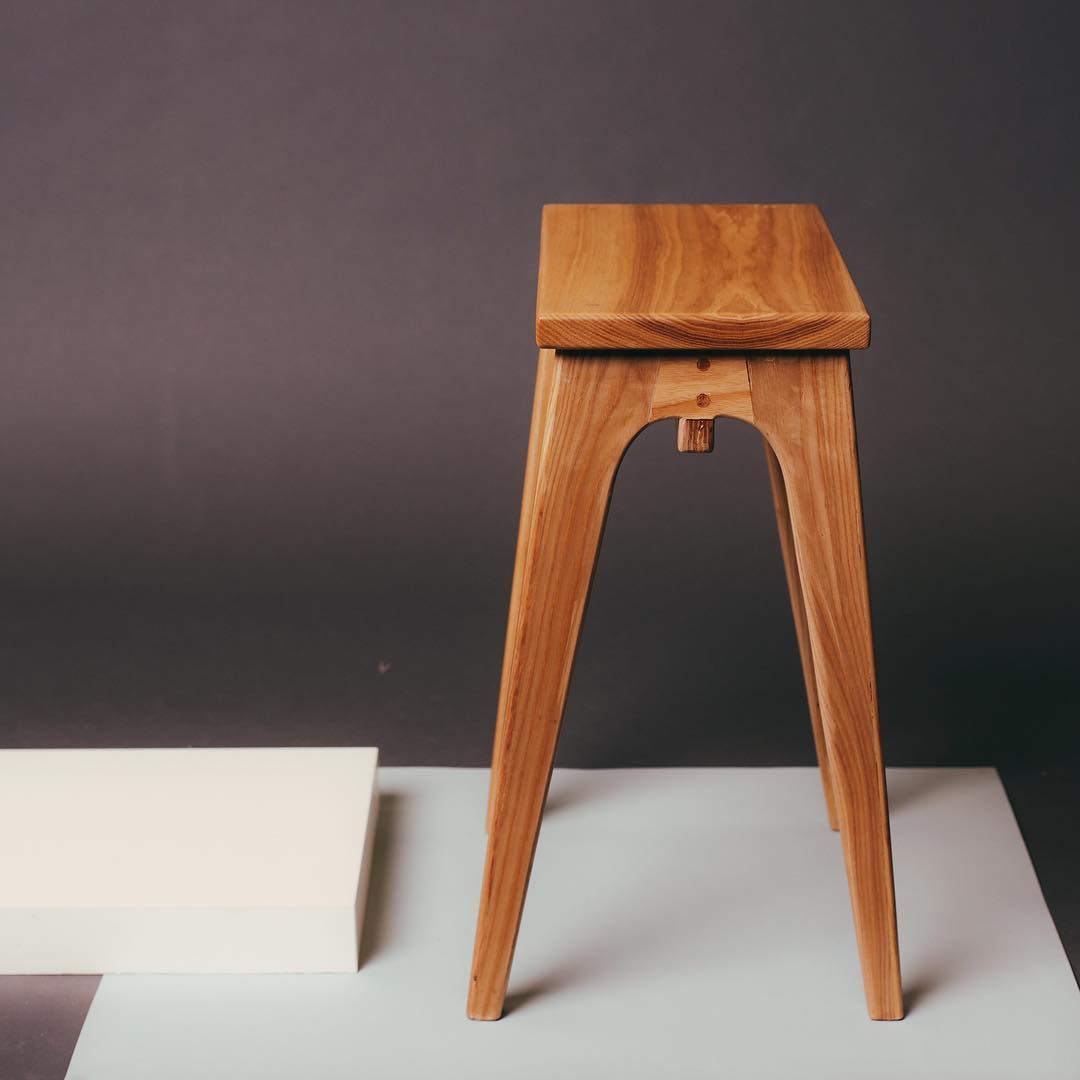
Wei Xiang’s design Byasa, built with as little ash wood as possible and with only glue and dowels as fasteners.
Any favourite memories from your time at LASALLE?
That would be the workshop conducted by renowned Swedish furniture designer Stefan Holm. The workshop lasted a week, during which we had to design and build a stool. We were told to start making mock-ups from day one, translating whatever was in our minds into 3D forms instead of the conventional method which is to sketch on paper. The experience really opened my mind to an approach that was both spontaneous and fluid, rather than relying on inspiration from existing designs.
You worked as a carpenter after graduation. What interests you about woodworking?
I have always been intrigued by woodworking since I was a student. Wood in general is easily available and it’s commonly used for model making and mock-ups as well. I am just so fascinated by how wood’s natural form is so organic and yet humans are able to process them into something that is flat, straight or square.
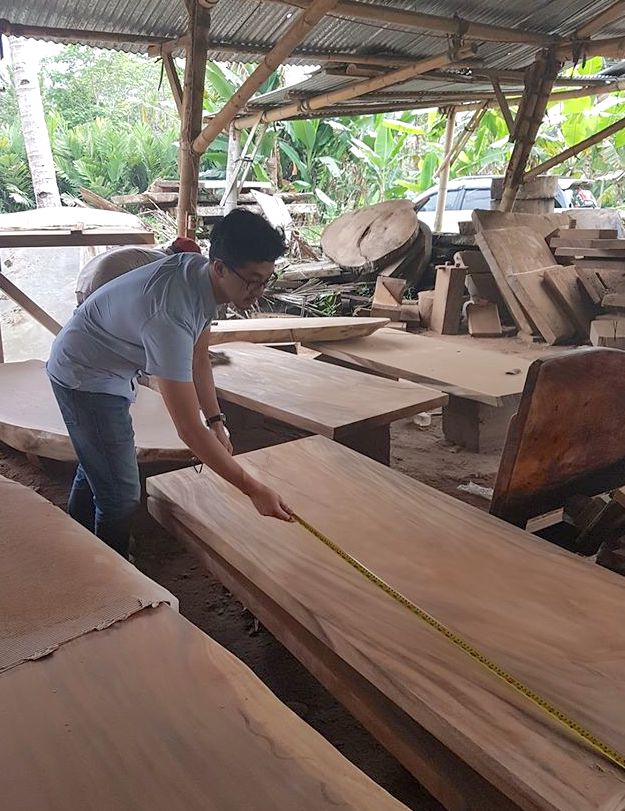
Wei Xiang at Arthur Zaaro.
Working as a carpenter taught me the importance of spending time to make something that will then in turn withstand the test of time, especially when dealing with solid wood from Singapore. In woodworking, especially in the case of solid wood furniture, the lead time to build something is always slower than products that are mass produced. Even with the help of machinery and power tools, there is still a need to do post processing, custom fittings and adjustments.
But that care pays off – what is produced is also far more sustainable and could probably become an heirloom as opposed to mass produced furniture that might be affordable, but will fall apart in a few years time.
How was the process of Discovered for you?
Participating in Discovered helped me to realise the freedom of conceptualisation. I had a chance to meet with other designers from the APAC region to share our initial ideas amongst ourselves before meeting with Nathan one-on-one on a bi-weekly basis. Nathan gave great input to the APAC designers about how we could touch on Asian cultures, traditions or societal issues in our designs. He was also really accessible, and I would drop him a message if a random idea popped up in my mind.
This allowed me to focus on the process rather than fixating on the result. Since participating in this, I’ve submitted more of my works for other projects and will continue actively putting myself out there.
I think many things require time, be it honing your skills, looking for challenges that are worth your time and enjoying the process instead of rushing it. Take the time to build up your portfolio – do side projects in your free time whether small or big in scale.”
You spent the first few years after graduating trying different things and working on varied projects of your own, before landing your current job at Dyson.
What advice would you give to young people looking to work in product design?
I think many things require time, be it honing your skills, looking for challenges that are worth your time and enjoying the process instead of rushing it. Take the time to build up your portfolio – do side projects in your free time whether small or big in scale.
Lastly, I would say to document as much as you can for all of the work you have done – process shots that are messy always have a good story to tell.
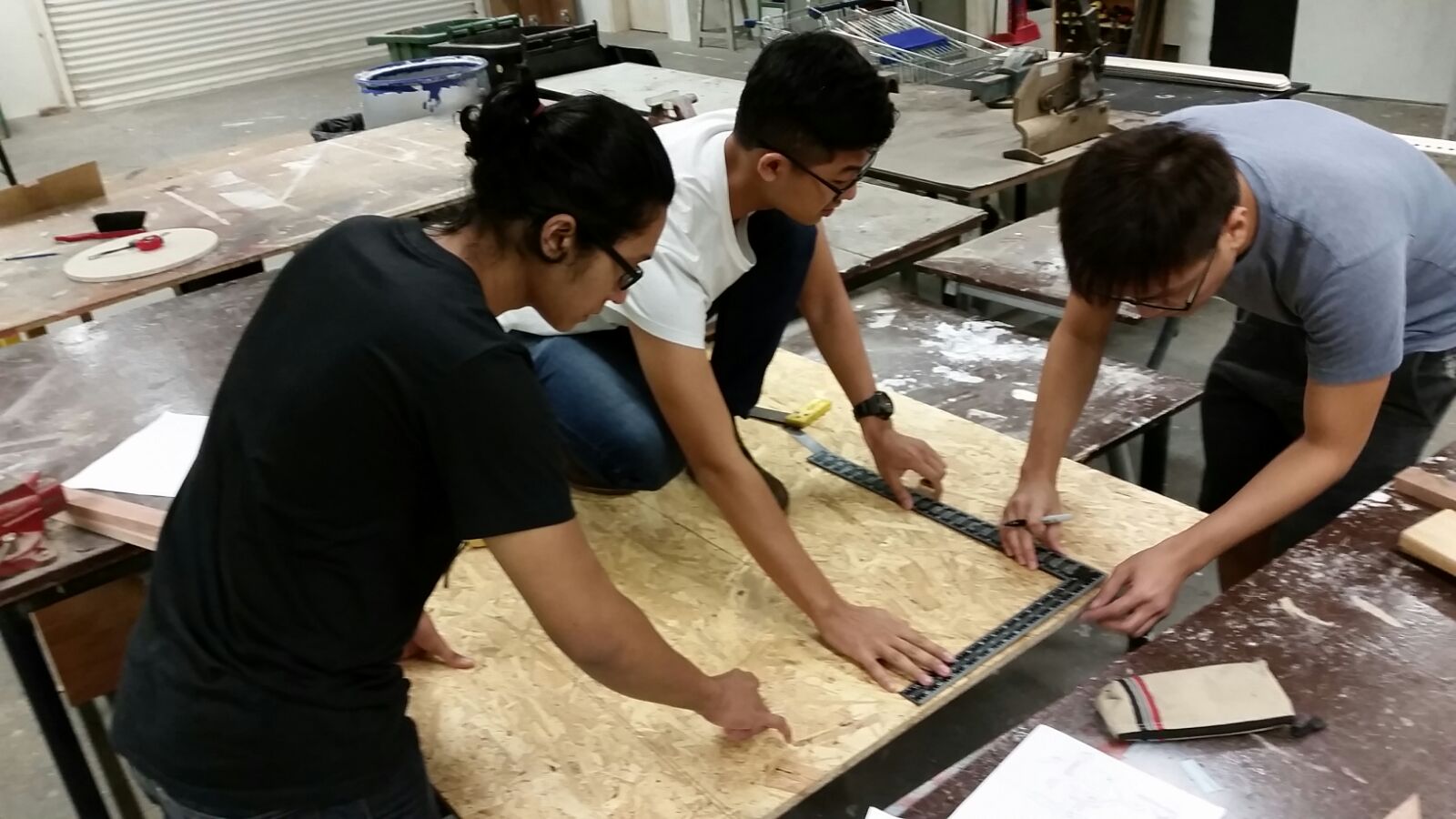
Wei Xiang in LASALLE’s workshop with his classmates.
‘What happens after art school?’ is an ongoing series that follows our alumni’s work/life after LASALLE. Other instalments:
#1: Miso Choi on how LASALLE set her on the path to Harvard
#2: Eunice Khoo on production managing Marvel films
#3: Nikhil Amarnani on starting his own recording studio
#5: Kiat Tan Wei Jie on not stressing over the destination
#6: Felicia Toh on breaking into a competitive industry




